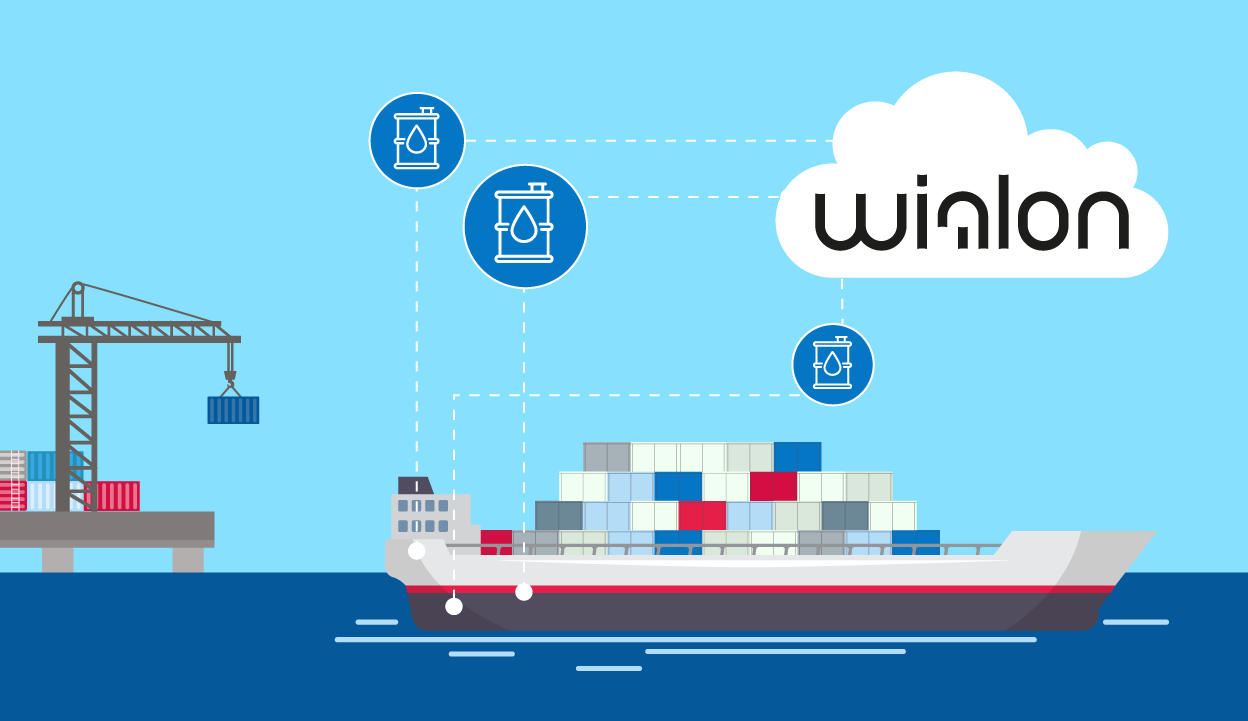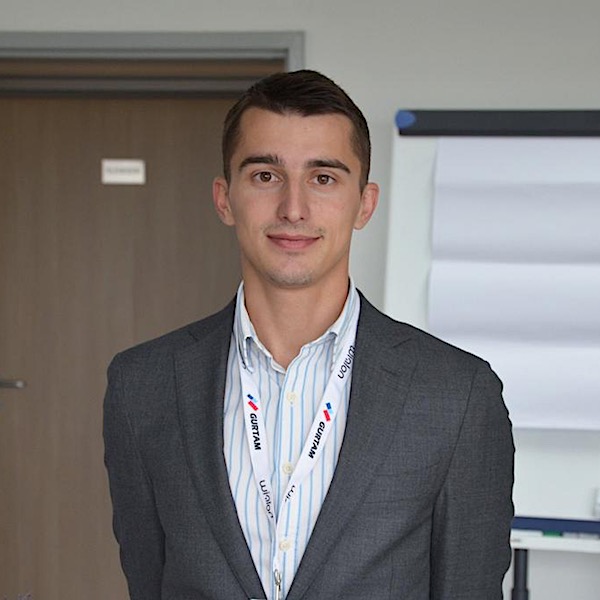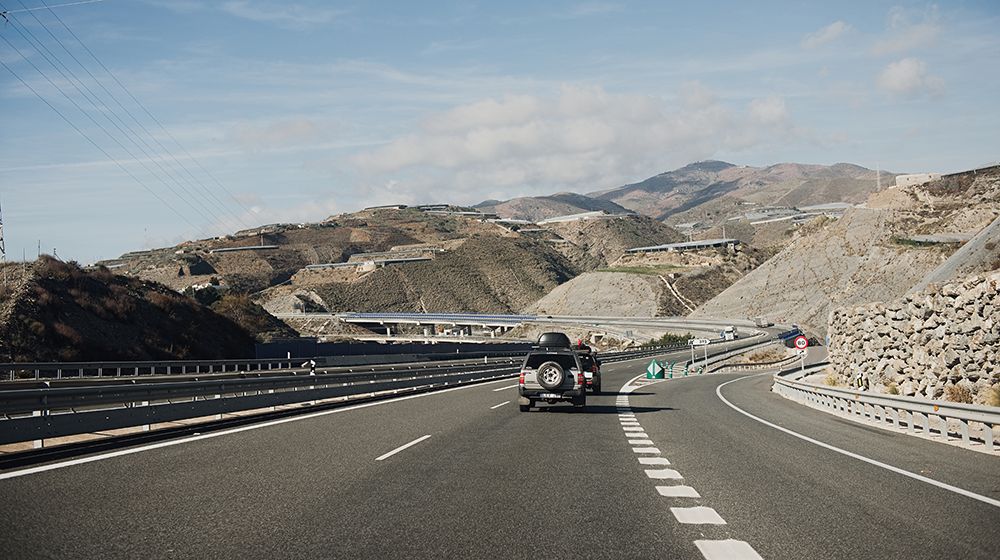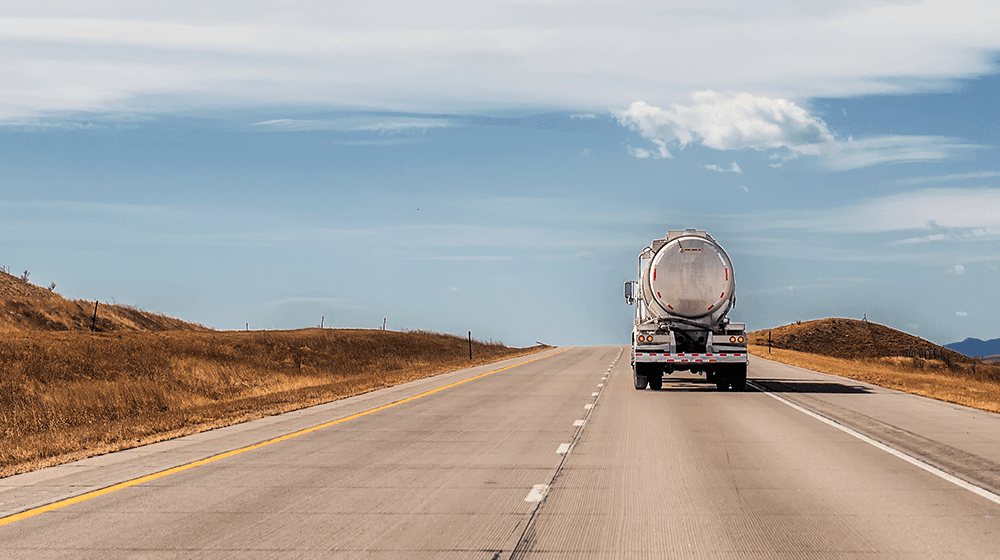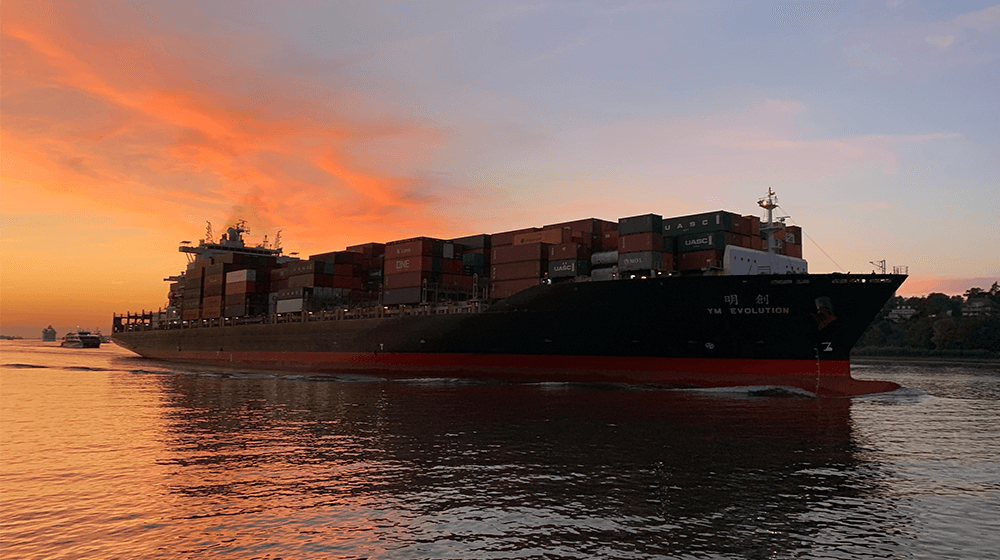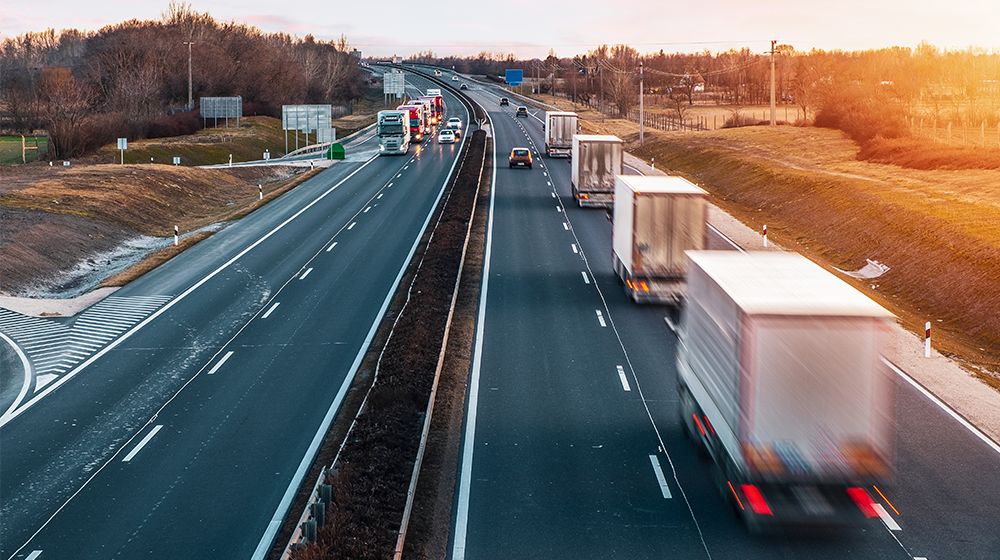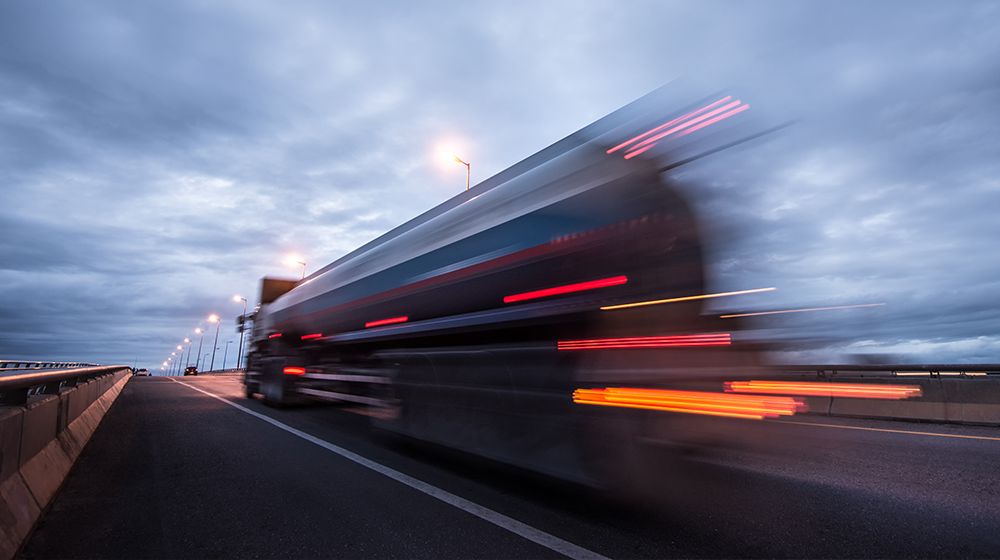Today, find out how to connect river transport to Wialon. This complicated and ambitious project was realized with the assistance of Gurtam technology partner Technoton.
The challenge
Three huge 94-meter long bulk carrier ships operate on Volga river in the Nizhny Novgorod region of Russia.
Normally, they burn 225 liters of fuel per hour. How can we know this?
We can’t.
This number is nothing but a consumption rate taken from the documentation. No one knew how many liters were actually burnt until the owners installed Technoton equipment and implemented Wialon. The situation was the following:
Managers from the parent company believed that the rates were set too high;
The workers were writing off the fuel and filling the tank back up according to the rates;
A considerable amount of fuel was illegally sold but it was hard to prove.
Because of the ship’s characteristics, it was not enough just to install a fuel level sensor or a flow meter. Such bulk carrier usually has one big tank (6) catering for two engines (1,2), two diesel generators (3,4), and a heating boiler (5).
The overall fuel consumption depends on the work of each of these units. To get the exact numbers and optimize the consumption, it is vital to understand which of the elements are actually working and in what mode.
We can apply the 225 liters consumption rate when all the systems are working. But what if the ship is moving on just one engine or the boiler is not working? Each this “what if” means extra fuel that can be sold for cash.
The main goal was not to prove that the ship consumed the fewer amount of fuel but to understand why it consumed this amount and how to reduce this number. For example, by turning off the systems when there is no need in them or avoiding the engine overload.
The solution: if not an FLS, then what?
The idea to use fuel level sensors was rejected right away:
First of all, an FLS doesn’t allow getting the exact fuel consumption in terms of every mechanism.
Secondly, forget about getting the accurate data while the ship is on the water – it will contain significant errors.
Thirdly, due to the sensors’ non-standard lengths, there are thermal stability issues.
Technoton specialists offered another approach: to equip each unit that consumes fuel with DFM fuel flow meters. Five flow meters with CAN S6 interface were installed and connected to Galileosky 5.0 tracker through a single telematics bus.
DFM 250CCAN sensors are installed in a fuel line of the ship’s engines;
DFM 100CCAN sensors are installed in a fuel line of diesel generators.
The “paradise” for an installer: five flow meters, one wire, one CAN output.
The data on hourly and total consumption for each engine in different modes and their operating hours are transferred to Wialon via Galileosky 5.0.
The dispatcher also gets the data on the fuel temperature and engine speed.
All this information is displayed in Sensolator web-application in the form of charts, bars, and pointer indicators, so the dispatcher has a digital control panel to monitor the sensors and flow meters values in real time.
Hardware modularity is a significant benefit for the client. It means the possibility to connect additional equipment keeping up with the current solution. For example, as soon as the major issue with the fuel control was solved, the client connected an additional rpm counter, fuel temperature sensors, and cameras to the tracker. Everything was done through CAN S6.
The results
Fuel expenses were halved. Previously, a two-week voyage demanded 20 tons of fuel according to the rates, but the fuel monitoring showed it was no more than just 10 tons. When there are more than 20 such ships, one can make a fortune just for a one-way trip.
Now, there is no extra fuel, and even if there was, there is nowhere to sell it. After Wialon implementation, it was possible to eliminate unauthorized stops where the crew could sell intentionally dumped fuel.
Additionally, the carrier knows how much time each unit works and in what mode – idling, optimal, overwork. And if due to engine idling the amount of fuel you write off is less, it is better to prevent working under load immediately to avoid fatal breakdowns.
If you read till the end, we got you interested. Technoton specialists came up with the solution, tried and tested it, all you left to do is to use it. Write to us at marketing@gurtam.com and we will get you in touch with its developer. Or you can tell us about your projects: it’s highly likely that our next publication will promote your solution.
